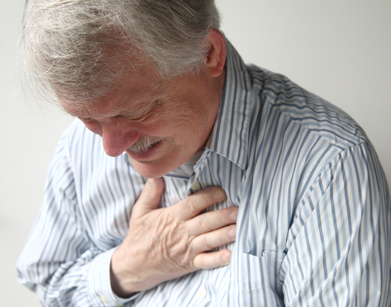Once you have a stroke you may need to make some adjustments to your life depending on how severe the stroke was and what aspects of your day to day life it has affected. The stroke may have left you with paralysed or partial movement of one or more limbs, as well as an impairment in visual performance, usually on one side more so than the other.

If your physical motor skills are affected then an often-taken-for-granted-ability to move around can make doing the tasks of life more difficult or even impossible. There is a lot of frustration and sadness at lost capabilities after a stroke.
Taking each day as it comes and getting help and support for any physical tasks can make the situation more bearable. There are also a variety of mobility aids that can help, from walkers or wheelchairs to simple little things like long-handled shoehorns to enable you to put footwear on more easily, if you cannot manage with two hands or find bending down difficult.
Also if you want to remain ageing in place – in the home you know and love, then adaptions to your home may be necessary. A walk-in bath or shower seat is often a common purchase for someone who has restricted mobility after a stroke. Also in order to access the bathroom a stairlift may be needed. Why not call me for free advice – I would be glad to help you. My number is 0800 007 5050.
Your local Social Services can arrange an Occupational Therapy (O.T.) assessment at home which can assess your daily living tasks like washing, dressing and preparing food and give recommendations for how to manage living at home after a stroke. These may include some element of home care support and/or suggestions on mobility adaptations like those previously mentioned.
Your O.T. will also give you a programme of small tasks as homework that can help you regain a skill. Liaison with Physical Therapy for an 8 week rehabilitation programme, ideally in the home, is usual procedure if your assessment deems it necessary..
Physiotherapy input can be arranged after a PT assessment. The Berg Scale is the standard measurement tool for this. Here is a short video of a demonstration of it.
After a stroke, your risk of a fall is increased, especially if your vision and movement on one side affects how you walk about. A home falls risk assessment is a standard assessment that your OT completes with you. Taking around half an hour to complete it can help ensure that strategies or equipment is put in place to keep you safe.
Preventing further strokes
According to Wikipedia… High blood pressure is the most important modifiable risk factor of stroke. It is the second leading cause of death worldwide.
Once you have had one stroke, your risk for further strokes is increased so anti-coagulants such as aspirin or dipyridamole might need to be taken. Also the use of statins is being recommended here in the UK, by some doctors, for anyone over 50. Boots has produced some good information on prevention here.
Statins are useful to help manage high blood pressure especially if you have high cholesterol with it. Try and do what you can with your diet and by practicing relaxation exercises so that your blood pressure is maintained in a healthier range. See our previous article on that.
For local support near you you can visit the national charity <stroke.org.uk online or use their helpline to get leaflets, information and advice about helpful organisations and services near to you. Here’s their video all about it.
